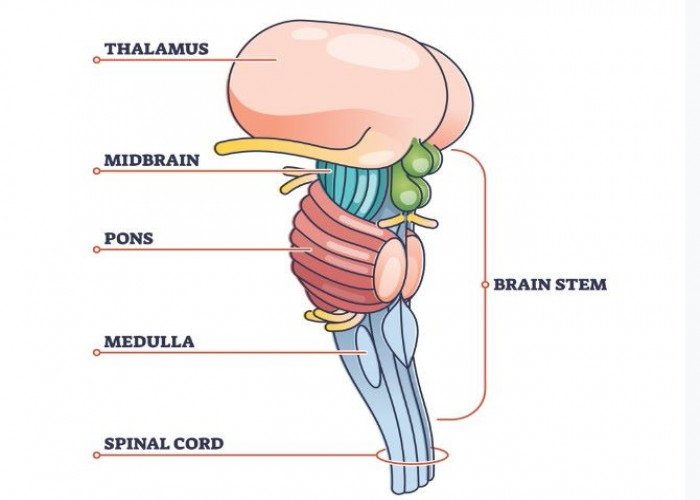 Welcome
Welcome
“May all be happy, may all be healed, may all be at peace and may no one ever suffer."
- A
- B
- C
- D
- E
- F
- G
- H
- I
- J
- K
- L
- M
- N
- O
- P
- Q
- R
- S
- T
- U
- V
- W
- X
- Y
- Z
Ciliary body Eye - Diseases
The ciliary body is a part of the eye located behind the iris and in front of the choroid. It is a ring-shaped structure that contains ciliary muscles and produces aqueous humor, a clear fluid that fills the front part of the eye and helps maintain its shape.
The ciliary muscles are responsible for controlling the shape of the lens, which helps the eye focus on objects at different distances. When the ciliary muscles contract, they cause the lens to become thicker, allowing the eye to focus on nearby objects. When the ciliary muscles relax, the lens becomes thinner, allowing the eye to focus on more distant objects.
The ciliary body also plays a role in regulating intraocular pressure, which is the pressure within the eye. It does this by producing and draining aqueous humor, which helps maintain a healthy pressure within the eye.
Disorders of the ciliary body can lead to a variety of eye conditions, including glaucoma, a group of eye disorders that can cause damage to the optic nerve and lead to vision loss. Other conditions that can affect the ciliary body include uveitis, inflammation of the uvea (the middle layer of the eye), and ciliary body melanoma, a rare type of eye cancer.

Muscles

Anus

Kidneys

Cecum intestine

Pons Brainstem

Penis

Rectum

Trachea
Ciliary body Eye, Ciliary body function, সিলিরি বডি আই
To be happy, beautiful, healthy, wealthy, hale and long-lived stay with DM3S.